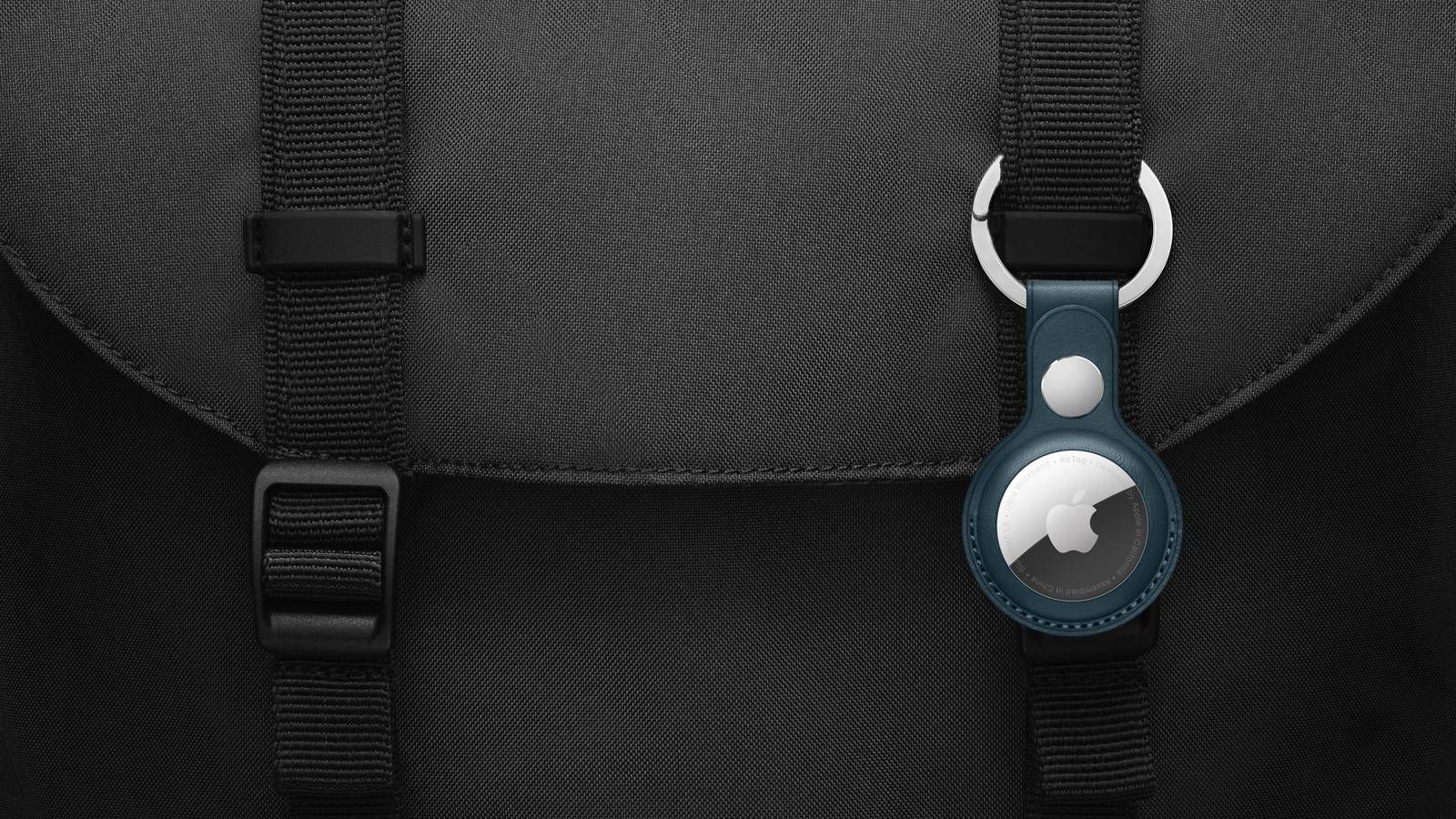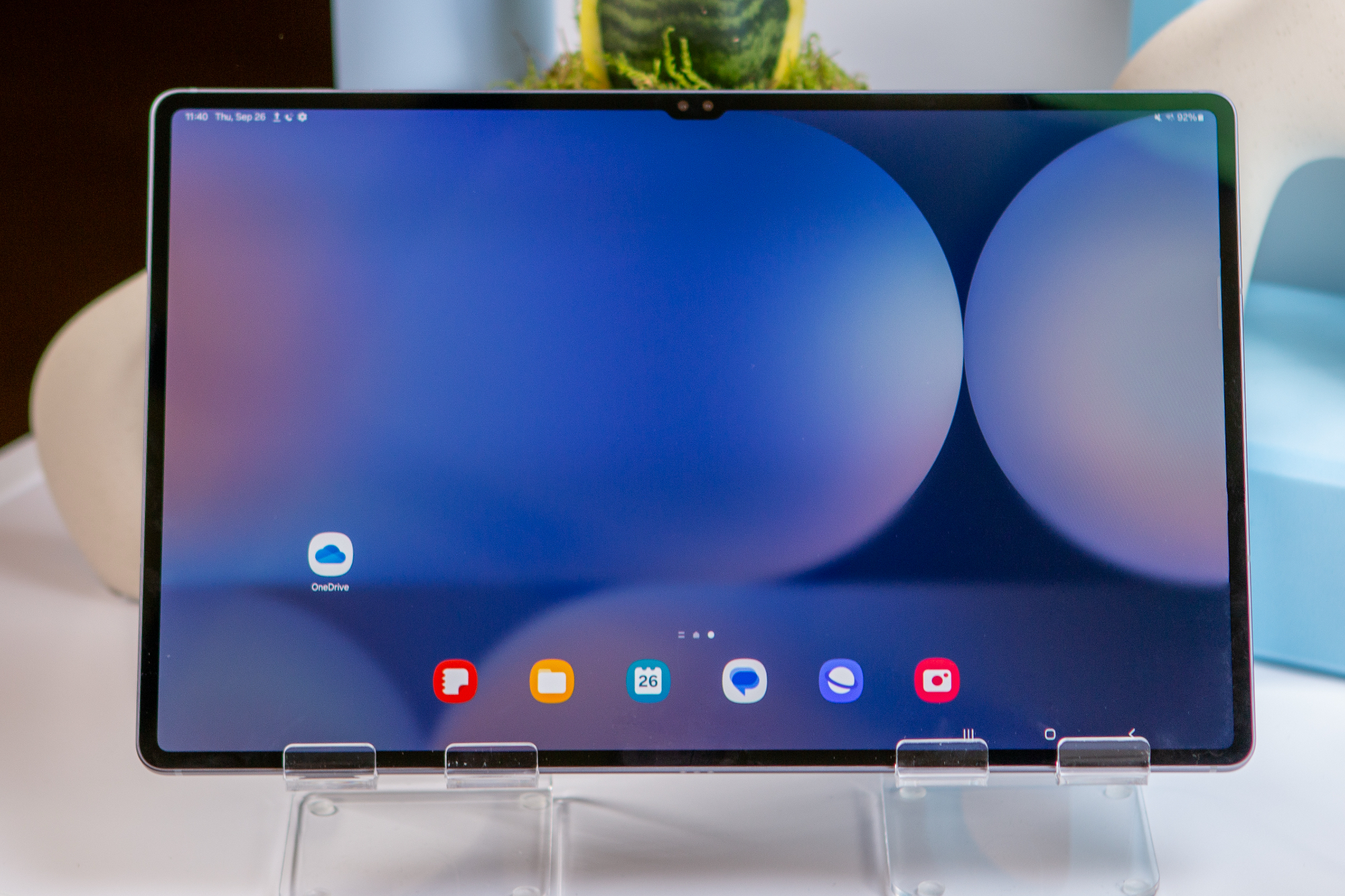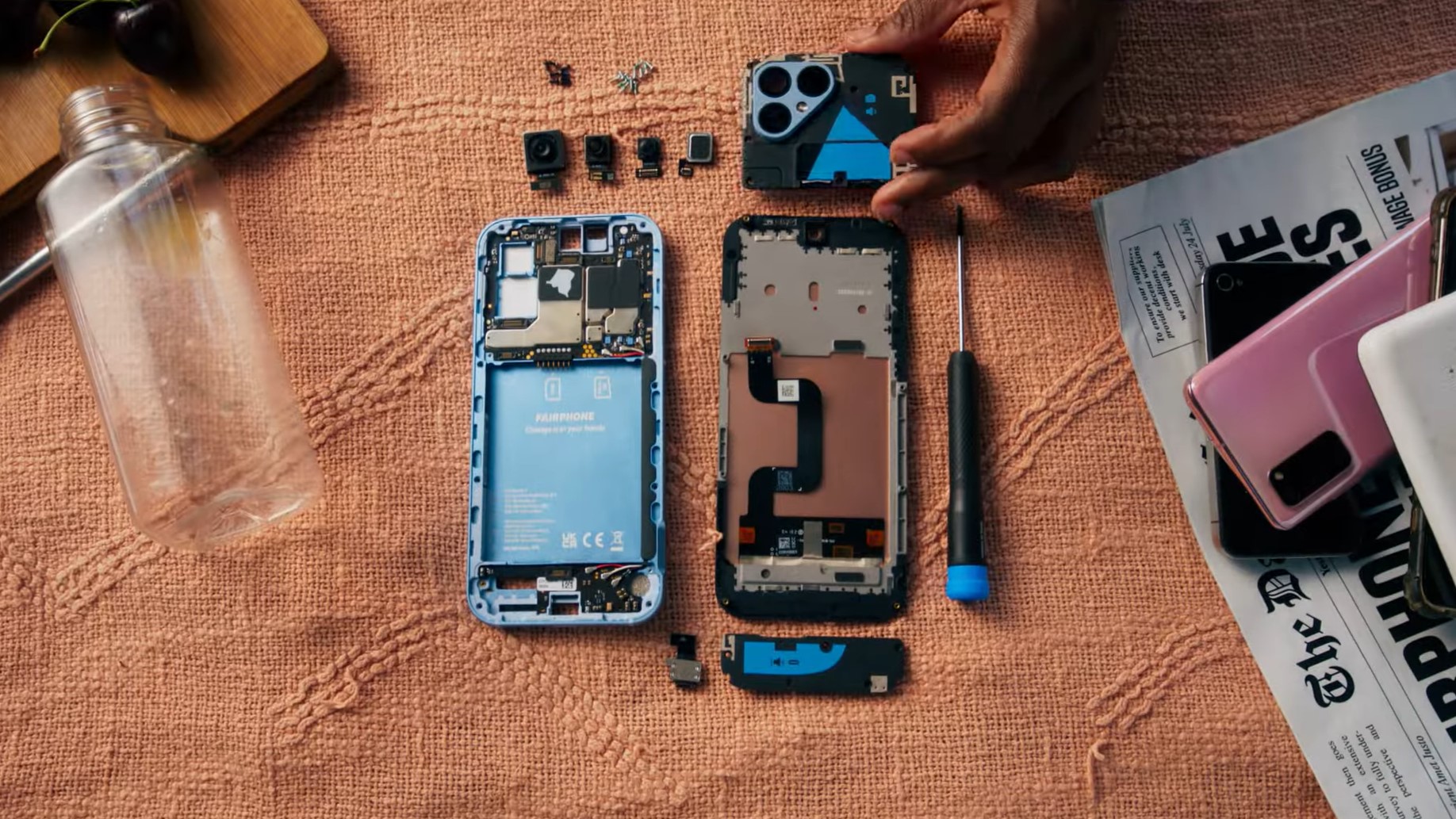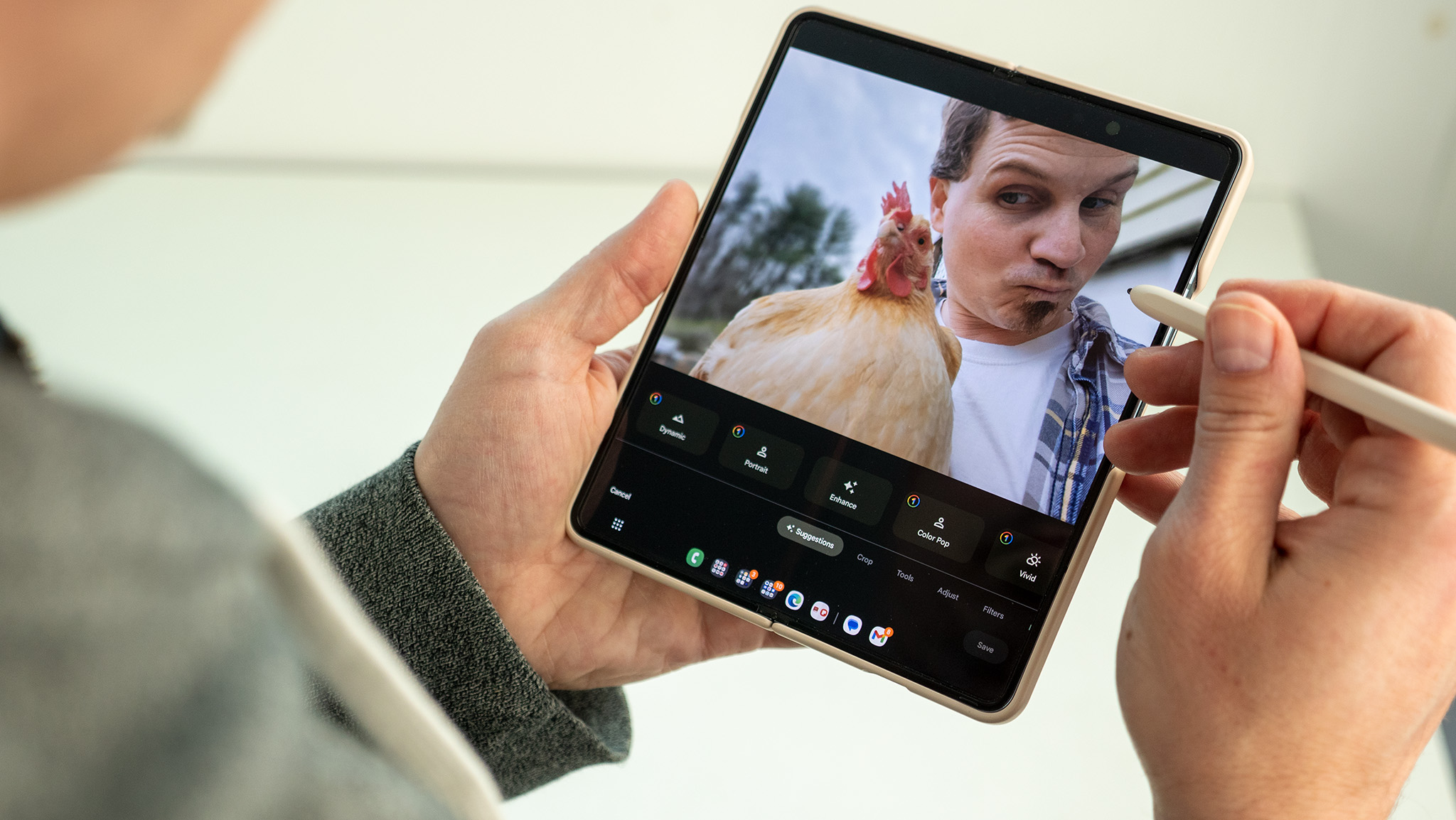Bluesky Revamps Verification Process with New Blue Checkmark System

Bluesky, the emerging social media platform that has been gaining traction among users disillusioned with Twitter, has recently unveiled a new verification system that echoes the traditional blue checkmark from Twitter's earlier days. This move aims to enhance trust and authenticity within its community, allowing users to identify genuine accounts more easily.
According to a blog post from the company on Monday, Bluesky intends to "proactively verify authentic and notable accounts and display a blue check next to their names." This initiative signifies a return to the verification model that many users fondly remember from Twitter prior to Elon Musks acquisition, during which the verification process was significantly altered, allowing users to purchase checkmarks. For those who have missed the familiar blue emblem of verified accounts, this development will undoubtedly feel like a nostalgic throwback to the platforms earlier, more straightforward days.
The new verification system will display a smooth, circular blue checkmark icon next to the names of users who have been verified under this method. While Bluesky has not elaborated on the specific criteria for the verification process, it did mention in its blog post that approximately 270,000 users have chosen to set their domains as their usernames, which is one method currently employed for account verification. Drawing on Twitter's legacy, it is anticipated that the selection process will take into account factors such as user influence, potentially including celebrities, public figures, and well-known organizations.
In addition to the proactive verification, Bluesky has plans to allow users to apply for verification in the future. However, the company has clarified that these applications are currently closed while they finalize the rollout of the new system. This pause indicates that Bluesky is taking its time to ensure that the verification process is both fair and effective.
Another noteworthy aspect of this updated system is the introduction of "trusted verifiers" a feature that permits verified companies to verify individuals associated with them. For example, a reputable organization such as The New York Times will have the authority to verify its own writers, enabling them to display a corresponding blue checkmark. This process aims to build a network of verified users while maintaining transparency, as individuals will be able to tap on the checkmark to view which organization granted their verification.
Bluesky has not yet disclosed the criteria for selecting these trusted verifiers, but they will be distinguished from regular verified users through a unique scalloped blue checkmark instead of the standard circular one. This differentiation is intended to add an additional layer of clarity and trust to the verification process.
The verification feature was officially launched on April 21, and reports indicate that checkmarks have already begun to appear within the app. For users who may prefer not to engage with this new feature, Bluesky has made it easy to opt-out. By navigating to Settings, selecting Moderation, and then Verification Settings, users can check the box to "hide verification badges," thus tailoring their social media experience to their preferences.




























